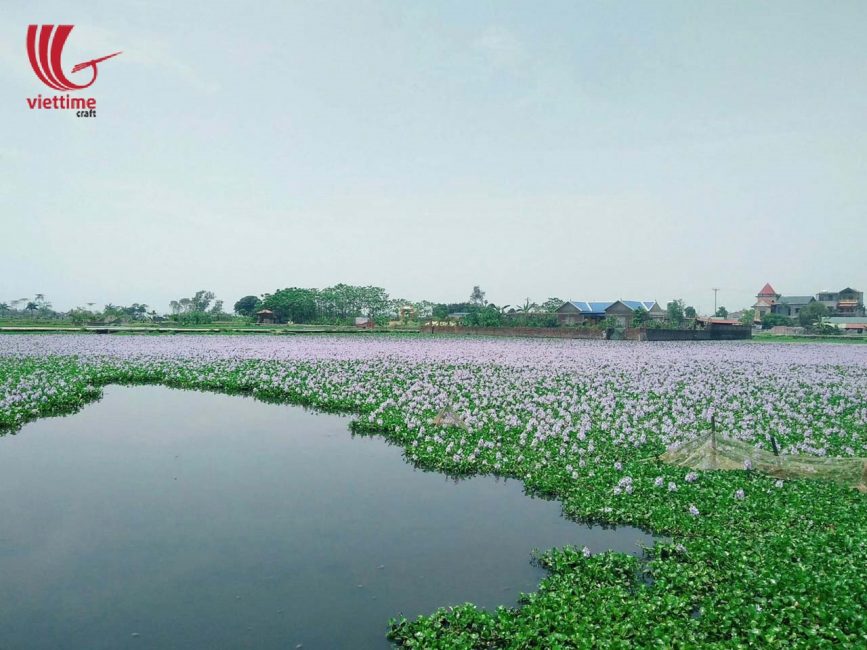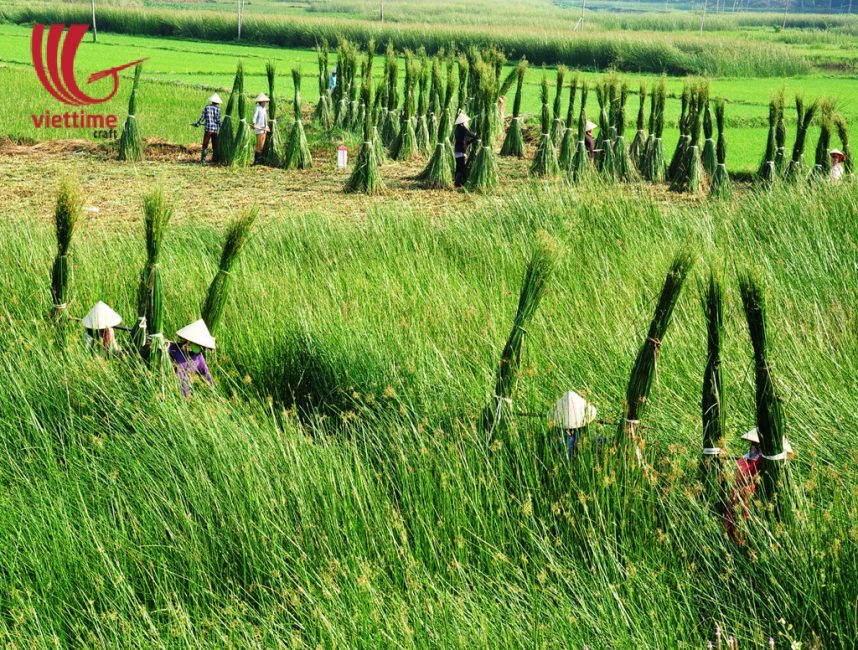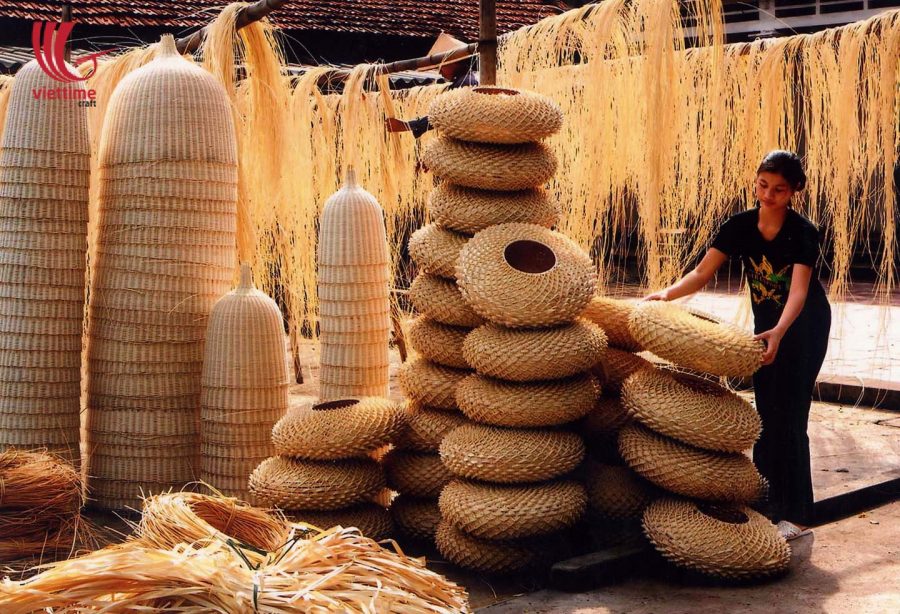Vietnam is a country with strong cultural identity. During some periods of the year, it is difficult for Vietnamese manufacturers to deal with foreign companies because of the different schedule for working holidays. The festivities in Vietnam are based on the lunar calendar and they take an important place in the daily life of Vietnamese people.
Many festivals were born thousands years ago and now remained. Traditional festivals in Vietnam often are presented during spring and autumn seasons.
Among the festivities in Vietnam, which concern almost all Vietnamese families are:
• Lunar New Year – National Holidays
• Doi Son Festival – It takes place in Doi Son, Duy Tien, Ha Nam province traditional festive activity to pray for good weather and bumper crops and for encouraging farming production and farmers to work harder (Februrary)
• Vu Lan Ceremony – love and gratitude to ancestors and parents (August)
• The Hung Temple Festival – Vietnamese festival held annually from the 8th to the 11th day of the third lunar month in honor to the Hùng Vương Kings. The main festival day is a public holiday in Vietnam held on the 10th day of March of the lunar calendar
Liberation Day/Reunification Day: Fall of Saigon and reunification of Vietnam in 1975 and International Workers’ Day (30/04- 01/05):
National Day (Vietnam): 02/09 – Vietnam declares its independence, forming the Democratic Republic of Vietnam (North Vietnam)
• Tet Trung Thu – The Mid-Autumn festival (15 days between early September and early October)
• Christmas
ETC…
The best solution to make a production plan during harvest and festival seasons is:
• to provide to the customers all the information about harvest and festival seasons
• to start production before harvest and festival seasons
• to accelerate delivery process
In ViettimeCraft, we are concerned about the quality of our products. We work with many foreign customers and we built a good reputation through the years. Doing business with us easy but Delivery delays depend on cultural aspects and harvest of Vietnam and countries around the world. We always try our best to delivery on time.



Information is very useful. I love your products very much !